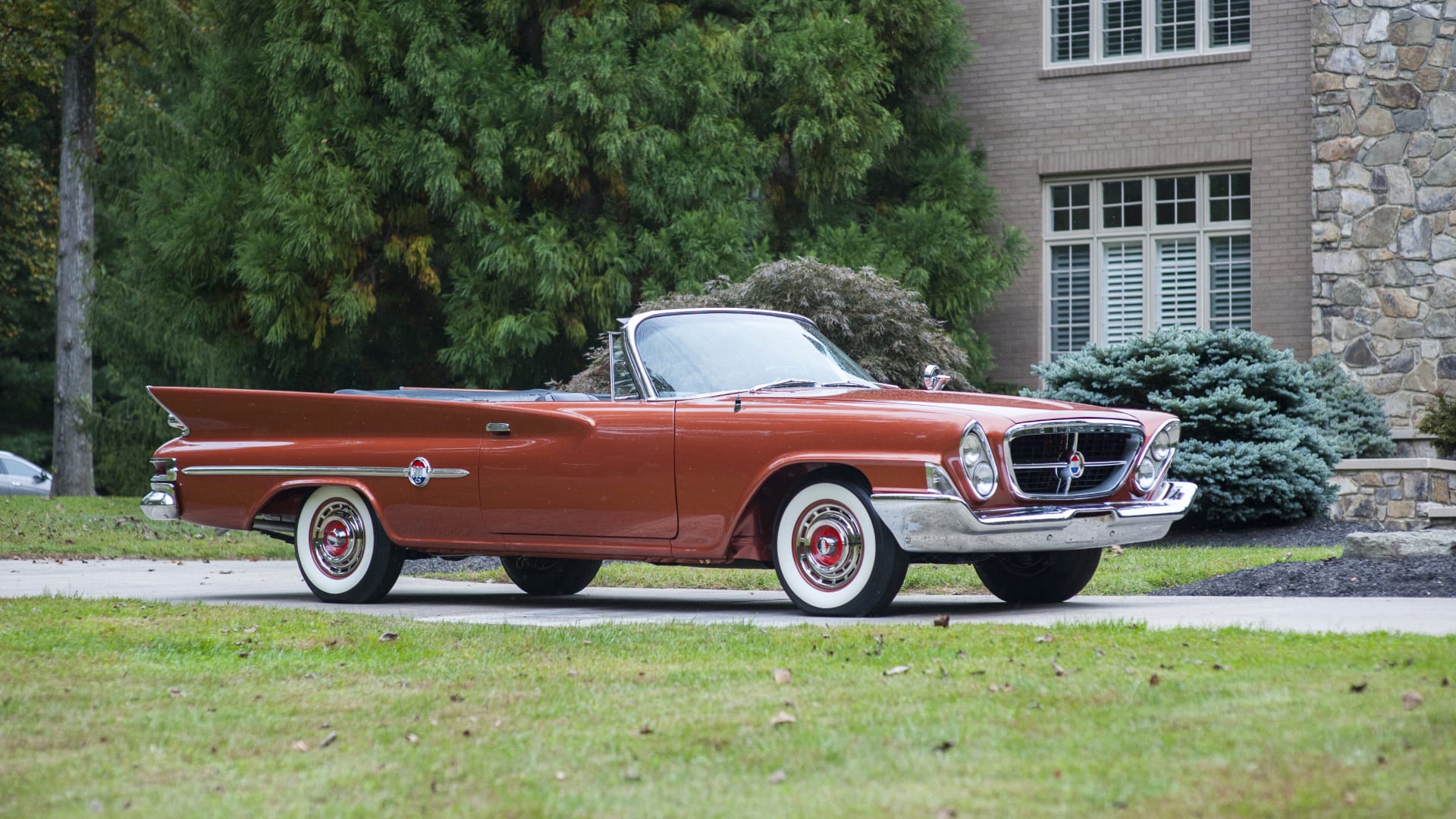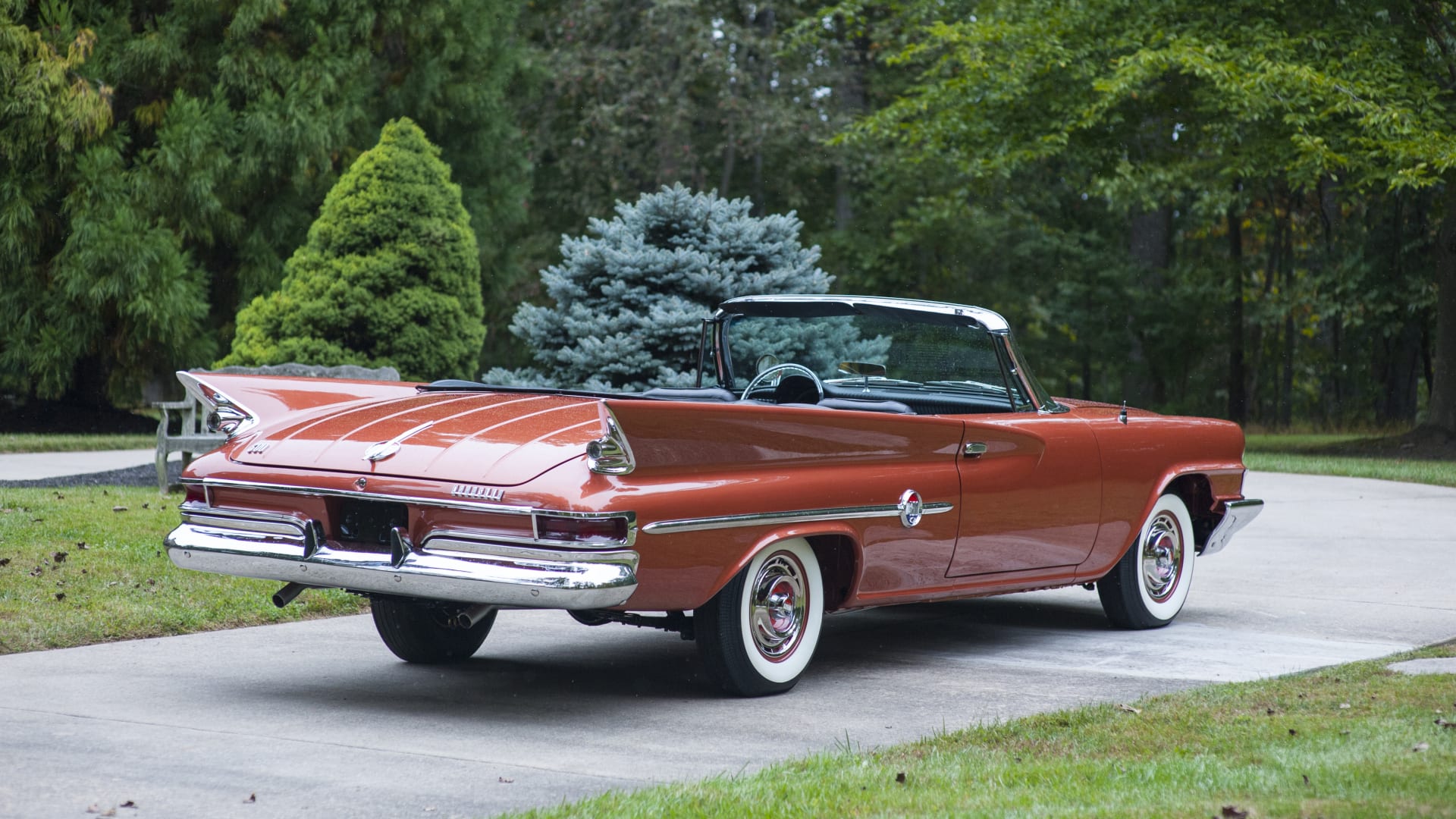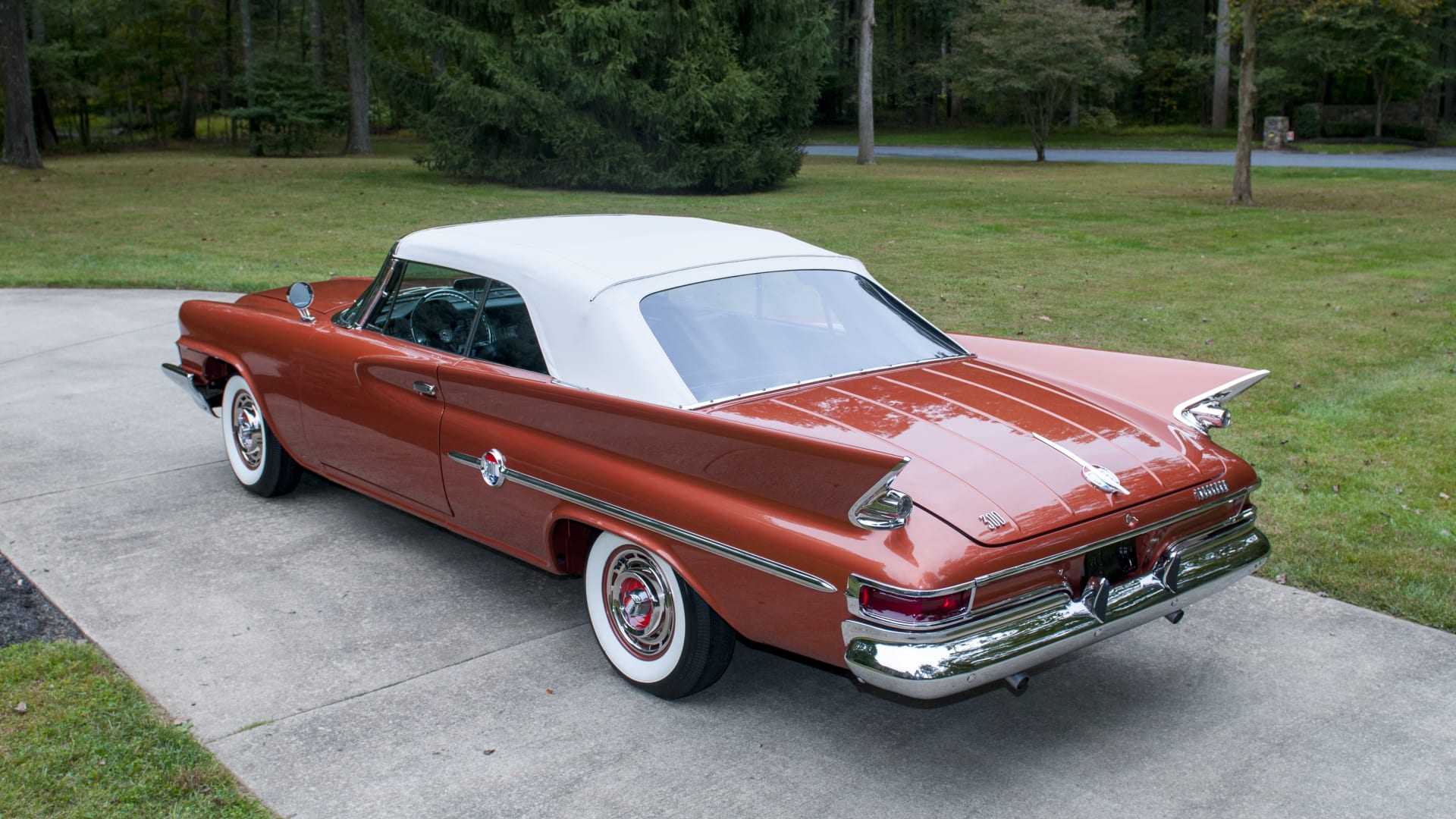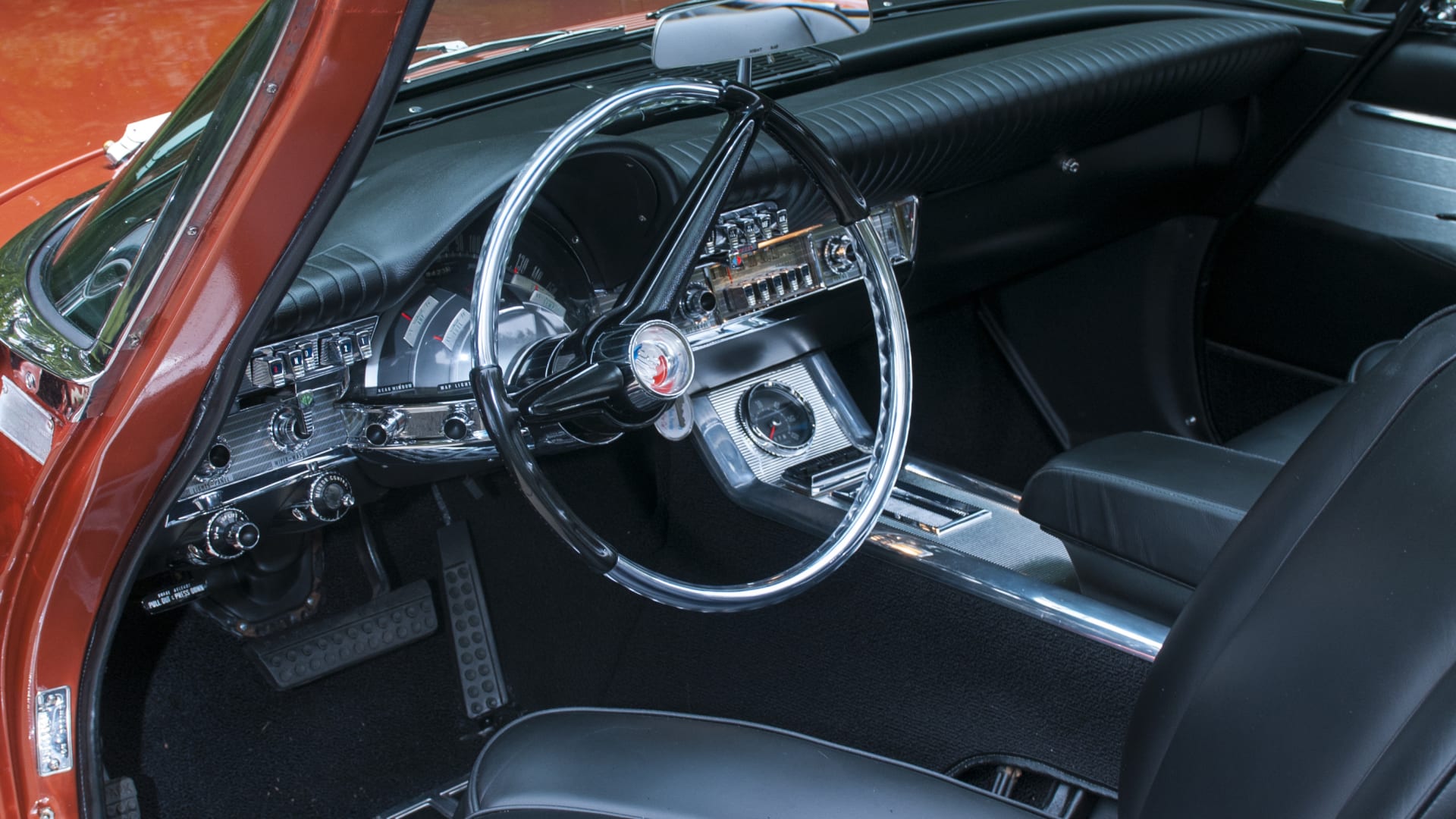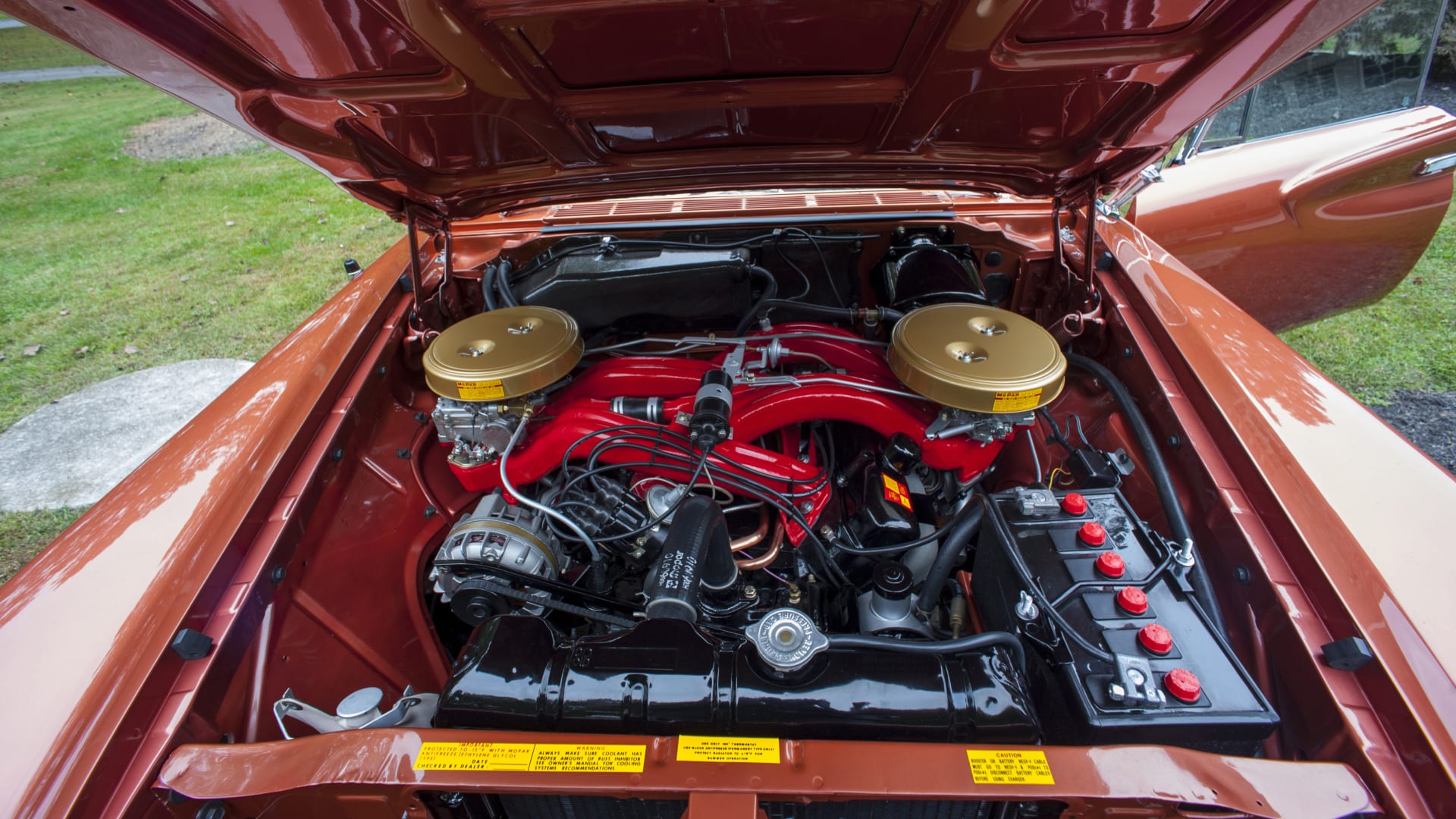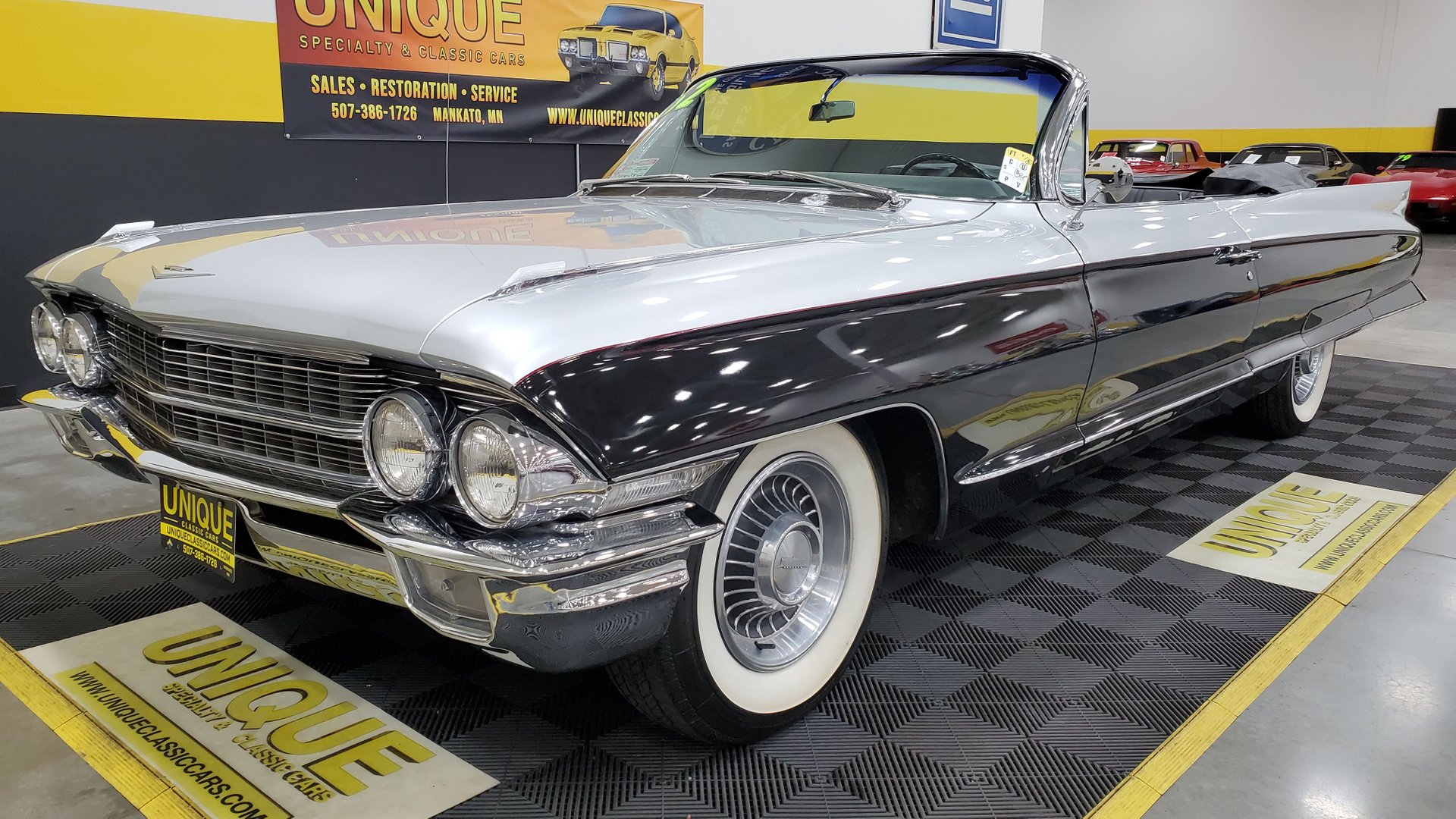Previously covered in great detail on autoevolution, the IR was the first luxury-oriented vehicle to bear the Iso badge. Produced by hand between 1962 and 1970 at the Bresso plant in Milan, the 2+2 gran turismo was powered by a 327 small-block V8 engine supplied by General Motors.

Iso wasn’t a big automaker, though. Founded by Renzo Rivolta, the Italian company had limited money to spare during that era. Given these circumstances, the sportier Grifo is joined at the hip to the IR series.
There are two main variants of the Grifo, namely the road-going GL produced by Iso and the competition-oriented A3/C “Corsa” specification that was produced by Giotto Bizzarrini’s company. Indeed, that very Giotto Bizzarrini of Ferrari 250 GTO and Lamborghini V12 fame.

Old man Renzo eventually delivered a little over 410 units of the GL, split between the Series I and much rarer Series II. The Grifo started its production lifecycle with the 327 mentioned earlier, followed by a Tri-Power 427 big block that required a small redesign to fit under the hood. Iso then upgraded to a 454, then the 351C-based Boss 351 engine.
The Grifo we’ll be covering today is a Series II from 1971 with the stout 327, which produces in the ballpark of 300 horsepower.

This body style was specified for 14 units of the Series and the aforementioned four units of the Series II, making it a bonafide collector’s item.

Registered in Aachen on July 30th, 1971, the V8-powered gran turismo was then registered in a company’s name in February 1976, prior to being sold again in March 1977.
Finished in black over white for the leather upholstery, the bi-tone blast from the past is rocking Campagnolo magnesium wheels mounted with Michelin XWX rubber boots that measure 225/70 by 15 inches at every corner.

While it may not be a spotless garage queen, GL 140350 is presented in very good condition both inside and out. There is no pre-auction estimate available, but we do know these vehicles fetch a lot of money at auction.















